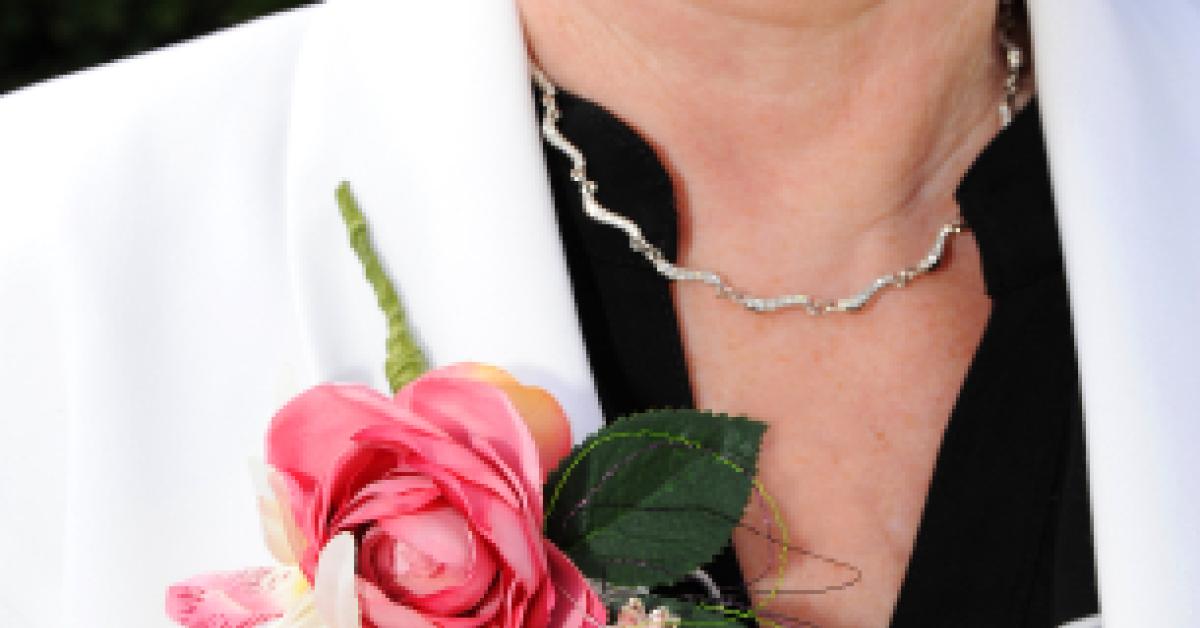CHICAGO — Every season brings a unique set of stains to the garment-care professional. Spring typically finds customers venturing outside again to do yardwork, household repairs, and shop for summer wardrobes. When customers try to make themselves, their yards and their homes look better, stains often result.
Blooming flowers contain pollen, and are popular springtime accoutrements in corsages, boutonnieres, bouquets and Easter baskets. On occasion, light-colored flowers are tinted to match the garments worn at these affairs. Both present problems that require professional attention.
To deal with a pollen stain, first brush it with a dry brush to remove dry particles. Now, apply a dry-side general spotter/leveling agent. Dryclean as usual. Going to the wet side first often complicates stain removal by making the stain spread and penetrate deeper into the garment.
Most flower tinting is done with a water-soluble dye that’s sprayed onto the flowers and transfers easily. If the flower is dry, the dye will transfer to the surface of the fabric and flush easily in drycleaning. If the dye transfer includes moisture, however, stain removal will be more difficult. Moisture can come as a beverage, rainwater or perspiration.
Prespot dye-transfer stains with moisture on the wet side. Flush the stain with steam over the vacuum nose of the board, and apply a few drops of NSD. Apply gentle mechanical action over the solid part of the board, and flush the area with steam over the nose. Treat any remaining dyes by applying tannin formula and light mechanical action over the solid part of the board, then flush with steam over the nose.
Many customers now use airbrush spray tanning to get a bronzed look in time for summer; others use lotions to dye the skin. The two approaches lead to similar consequences on customer garments-stains. Turn the garment inside-out; you may only see a discoloration at the neck, but there’s a good chance that there is more brown or gold at the waist and underarms.
Most spray-tanning products have an oil base, and you can treat the resulting stains like ink stains. Prespot the areas with a good POG and light mechanical action over a white towel to prevent the pigment from spreading. Then, dryclean the garment in a normal cycle.
Flush any remaining pigment on the wet side. Place the stain over the vacuum nose and flush the area with steam. Move the stain to the solid part of the board; apply NSD and light mechanical action. Move the garment back to the nose and flush with steam again.
Self-tanning lotions are more difficult to remove due to chemical agents that dye the skin to appear tanned—the lotion itself comes out easily. If the dying agent is fresh, remove it using a tannin protocol.
Place the stain over the vacuum nose and flush it with steam. Move the stain to the solid portion of the board; apply NSD and light mechanical action. Move the stain back to the vacuum nose and flush with steam again. If staining persists, move the area back to the solid part of the board and apply tannin formula and light mechanical action. Flush it with steam over the vacuum nose.
If self-tanner has been in the garment for an extended time, you may have to move on to bleaches. Apply a few drops of NSD and flush the area with steam to remove any traces of acid the tannin left behind; they can reduce bleaches’ effectiveness.
Place a few drops of 3% hydrogen peroxide on the stain. Set the garment aside for seven to 10 minutes. If dyes remain, reapply hydrogen peroxide. If the stain continues to be visible, cover it with sodium perborate. Heat and melt the sodium perborate with a wisp of steam over the solid portion of the board. The final alternative is a dye stripping (reducing) bleach.
Work with confidence. No matter how dazzling their fake tans may be, you’ll dazzle them with your professional skills.
Have a question or comment? E-mail our editor Dave Davis at [email protected].

